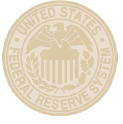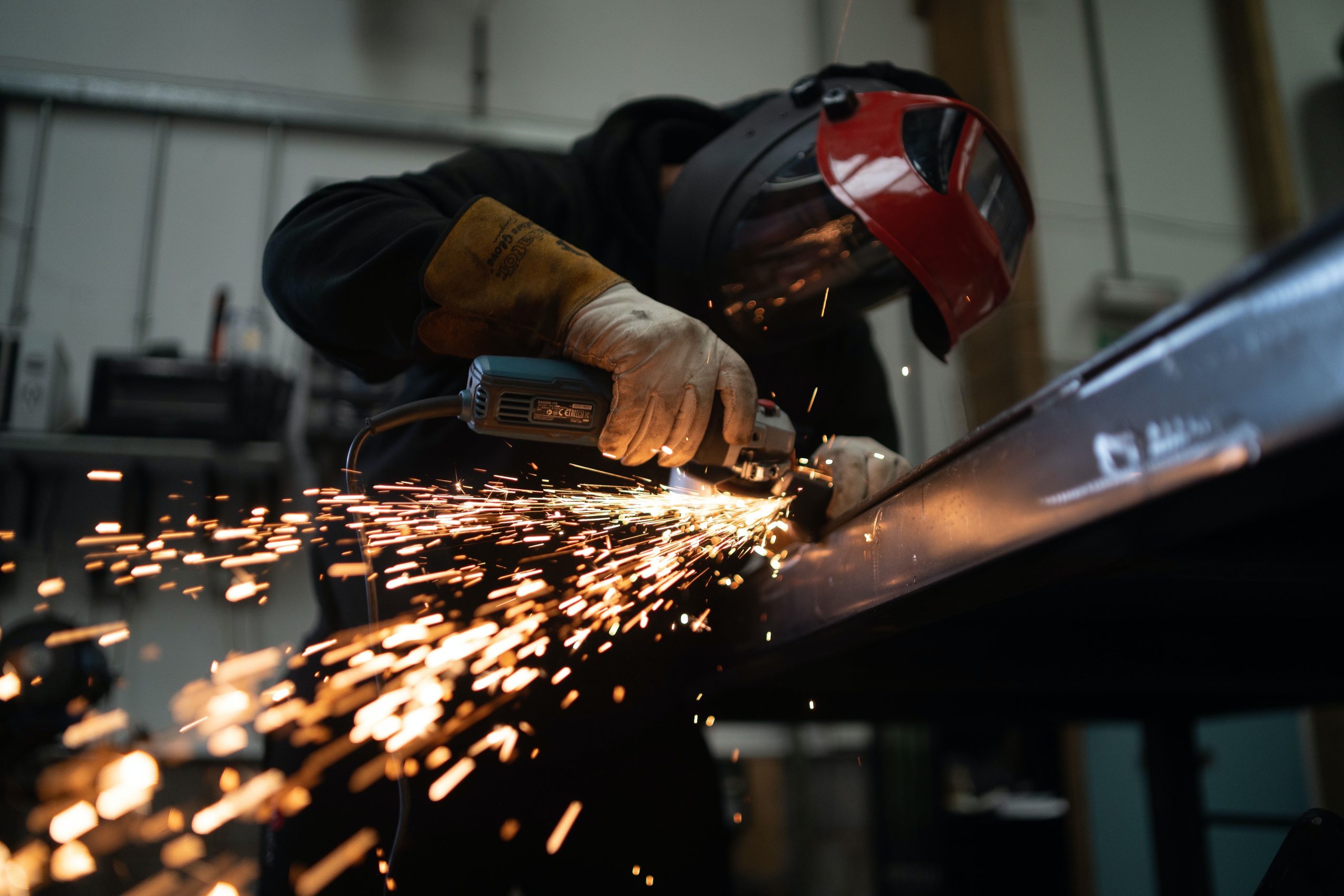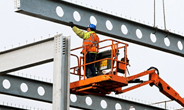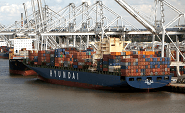Economy

Fitch Ratings: Challenges Ahead for Steel Industry in 2020
Written by Sandy Williams
December 21, 2019
Fitch Ratings, a global leader in credit ratings and research, is forecasting a negative outlook for the global steel industry in 2020 and challenging conditions in North America. The Fitch Ratings 2020 Outlook: Global Steel notes weaker economic growth impacted by ongoing trade and geopolitical tensions.
“Over the past two years companies have talked at length of their investment plans to increase capacity and/or debottleneck existing assets,” said Oliver Schuh, lead analyst for Metals & Mining at Fitch Ratings. “With weaker economic conditions in 2019, the supply push from those investments has negatively affected capacity utilization and margins, particularly in Europe. While we expect a moderate recovery in 2020, risks are more skewed towards the downside, linked to geopolitical tensions and political uncertainty in some countries as well as progressive reforms in China coinciding with a managed slowdown of growth ambitions.”
In North America, market conditions are expected to remain challenging with steel margins similar to 2019. Lower steel prices will be offset by declines in raw material costs, gains from investments in downstream processing and cost reductions. Free cash flow is expected to decline and capital spending to be flat or negative. Weaker market conditions could provide attractive M&A opportunities for stronger companies like Nucor and Steel Dynamics, said Fitch.
Steel demand remains healthy for commercial construction and automotive, with construction at the mature end of the business cycle and auto plateauing. Industrial and energy markets are expected to remain challenged.
Concerns regarding steel oversupply in the U.S. due to capacity additions may be exaggerated. Fitch noted that new capacity will be phased in over several years, targeting underserved regions and diversified product additions. Some projects may be delayed or cancelled to reflect market changes. Downstream investments, like galvanizing and paint lines, have less impact on market dynamics.
U.S./China trade tension and trade barriers adversely impacted the U.S. steel market in 2019. Although steel imports fell during 2019 due to Section 232 tariffs, prices for hot rolled coil are currently below pre-tariff levels. Removal of tariffs, a U.S./China trade deal and passage of USMCA will benefit the steel industry end-market demand, said Fitch.

Sandy Williams
Read more from Sandy WilliamsLatest in Economy

Architecture billings continue to slide in March
Architecture firms said billings continued to decline in March, according to the latest Architecture Billings Index (ABI) released by the American Institute of Architects (AIA) and Deltek.

Beige Book shows concerns about trade policy
Manufacturing was mixed, but two-thirds of districts said activity was little changed or had declined.

New York state manufacturing index drops again in April
Firms were pessimistic, with the future general business conditions index falling to its second lowest reading in the more than 20-year history of the survey

Construction adds 13,000 jobs in March
The construction sector added 13,000 jobs, seasonally adjusted, in March, but tariffs could undermine the industry.

Supply chains, end-users brace for impact from tariffs
Supply chains are working through what the tariffs mean for them
